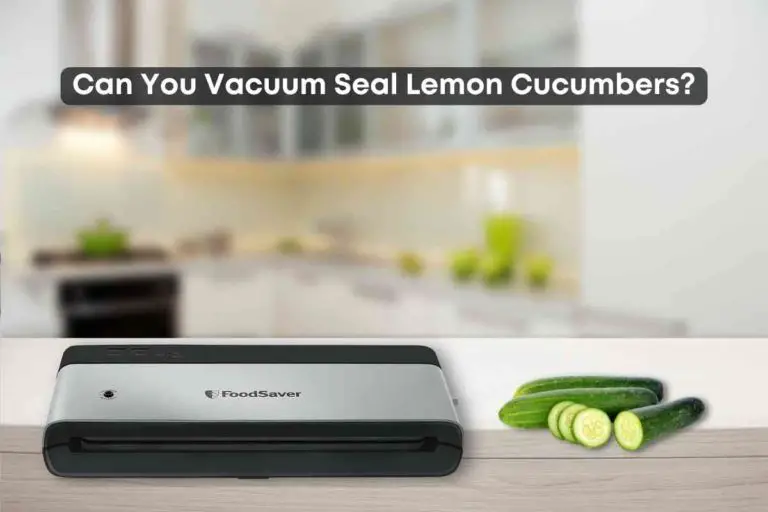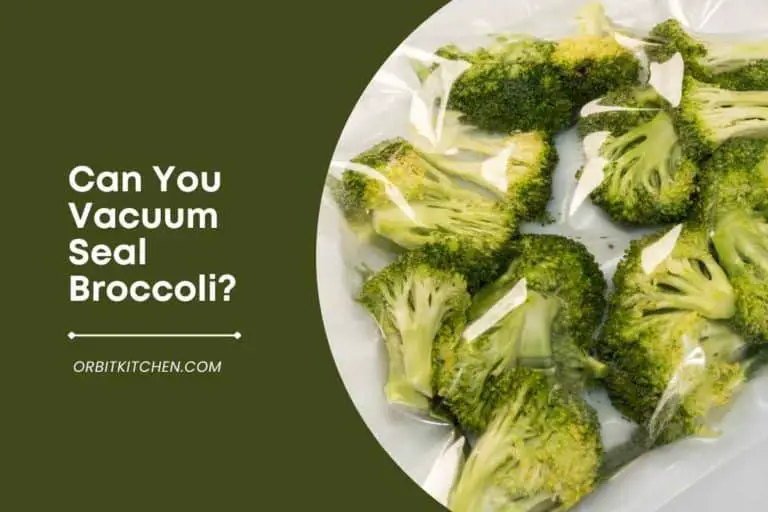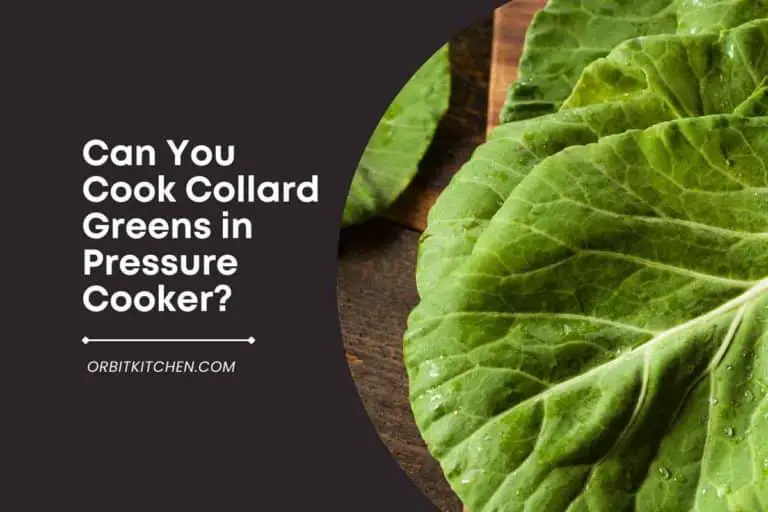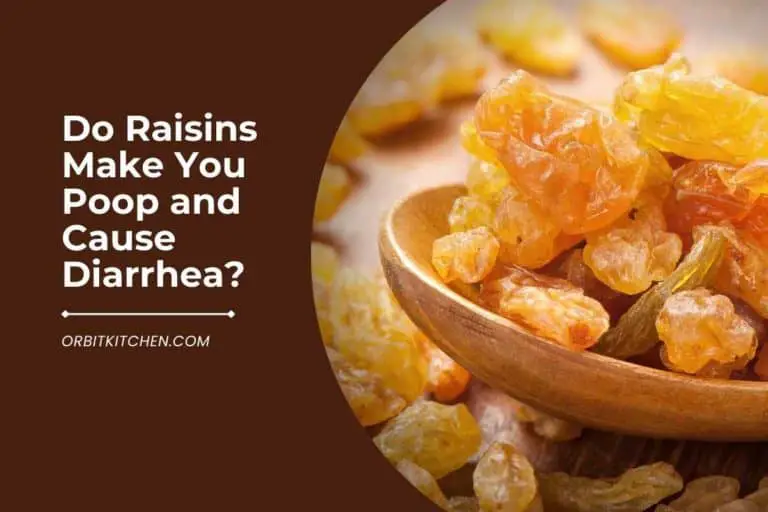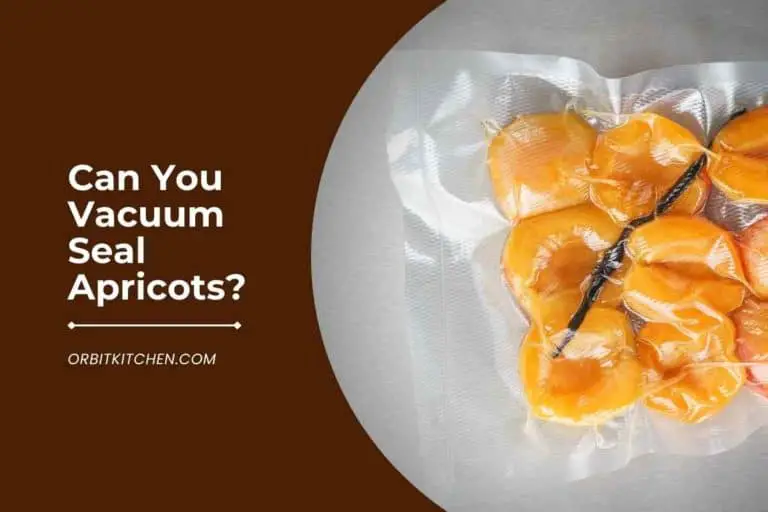What’s the Difference Between Green Beans And Sugar Snap Peas
Green beans are a type of bean that has a long history as an essential food staple. They are a popular vegetable in many cuisines, including Italian, French, Spanish, and North American. Sugar snap peas are a popular vegetable with a short history, but one that has seen great growth in popularity.
What is the difference between green beans and sugar snap peas? Green beans are a type of common bean that is harvested while the pod is still green.
Green beans can be either round or flat and have a crunchy texture with a slightly bitter taste. You can eat both the seeds and pods of green beans. Green beans are generally younger and immature.
A sugar snap pea is a type of edible-podded pea. It is a cross between a snow pea and a garden pea and was developed in the early 1970s. Sugar snap peas are round and plump, with a crisp texture and a sweet flavor.
Sugar snap peas are a particular type of pea with no inner membrane. You can eat both the seeds and pods of sugar snap peas.
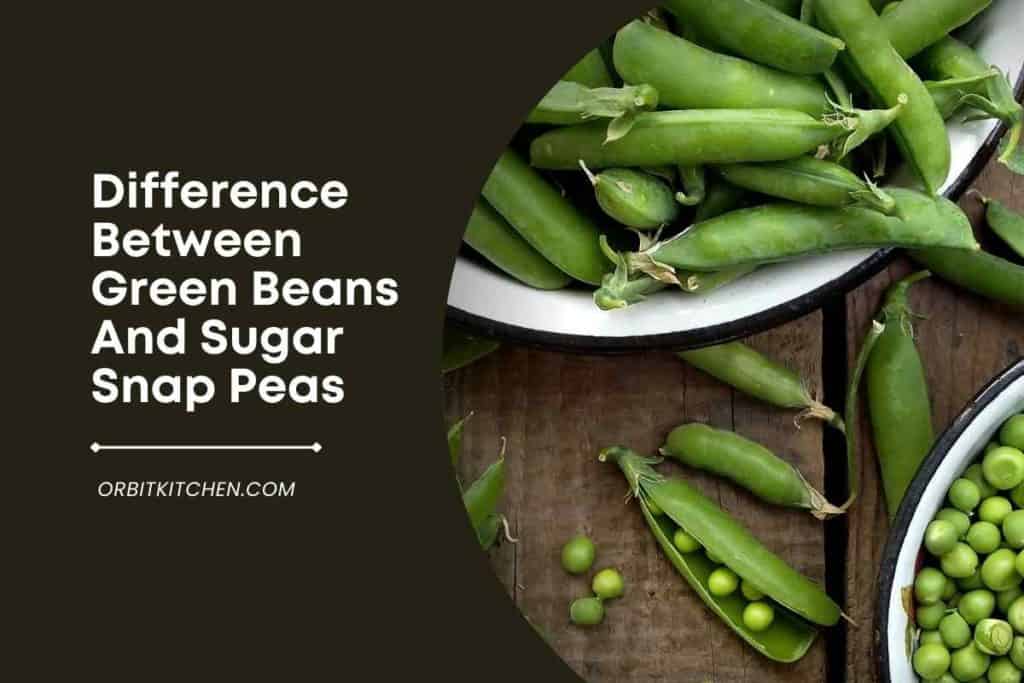
What Is The Difference Between Green Beans And Sugar Snap Peas?
The main difference between green beans and sugar snap is that green beans are a legume plant in the family Fabaceae; they mature in pods containing several seeds and snap peas are a type of legume that belongs to the genus Pisum. They are part of the same family as lentils, chickpeas, and garden peas.
Green beans are generally cooked before eating, often by boiling or steaming but may also be eaten raw or used as an ingredient in salads and stir fry dishes. Varieties of green beans include yardlong bean, wax bean, and pole bean.
Snap peas have a mild flavor with a crunchy texture similar to green beans or snow peas but with less starchiness. One cup of cooked snap pea pods provides 27 calories, 2 g of protein, 1 g of fat (0 g saturated fat), 5 g of fiber, and 2 g of sugar per serving size (about eight pods).
Are Snap Beans and Snap Peas the Same Thing?
No, snap beans and snap peas are not the same thing. Snap beans are also called green beans, a type of Phaseolus vulgaris. Snap peas are a type of Pisum sativum and are also known as sugar snap peas.
Snap peas are thick and fleshy like snap beans. The difference is that snap peas stay crisp and succulent until the peas have completely developed. The first snap pea varieties had strings along pod sutures, but newer varieties are stringless.
Snap beans tend to be a little tougher than green beans, but they still offer the same nutritional benefits.
Sugar snap peas are also called sugar peas or snow peas. The main difference between sugar snap peas and regular snap beans is that the pod is sweet and edible with this variety.
What Kind of Beans Are Sugar Snap Peas?
Snap peas are a type of pea. Peas are part of the legume family and can be eaten fresh, dried, or canned. They’re high in protein and are a good source of vitamins A, C, and K.
In general, snap peas have a shorter shelf life than regular green beans because they’re more delicate in texture and appearance. However, both contain similar nutritional values.
Snap peas can be found in most grocery stores during springtime due to their short growing season (about six weeks from planting to harvest) but have become increasingly popular year-round due to their sweet flavor, making them ideal for snack use or side dish with meals.
Nutritional Value of Sugar Snap Peas & Green Beans
Sugar snap peas and green beans are the same species of plant but have different flavors and textures. Snap peas have a sweeter flavor than green beans, while green beans have a slightly firmer texture. Both varieties are wide in vitamins A and C, iron, and calcium.
Sugar snap peas contain more protein than green beans (2 grams for every cup of sugar snap peas versus 1 gram for every cup of green beans). They also contain more fiber than their counterparts: 2 grams per cup versus 1 gram per cup.
In addition to being higher in protein and fiber, sugar snaps also have higher amounts of vitamin C (30 milligrams per cup compared with 25 milligrams), calcium (35 milligrams compared with 30 milligrams), and iron (9 milligrams compared with 7 milligrams).
Life Cycle
Sugar snap peas are a cool-season crop that can be grown from spring to early summer. They can be planted in spring or fall and grow quickly under the right conditions. Sugar snap peas should be planted when the soil has warmed up and the weather is stable, usually between April and June.
To get the best results, you want to plant your seeds one inch apart in rows approximately two feet apart. Sugar snap peas do well when they’ve been given plenty of water throughout their growth cycle,
But they don’t like too much heat, so if it gets too hot, you should make sure to shade them from direct sunlight during those hot summer days!
Vegetables such as green beans take longer than sugar snaps because they require more time for germination before being harvested.
However, both types offer similar nutritional benefits, such as being high in fiber content which helps regulate bowel movements while also promoting digestive health due to its ability as an antioxidant source (which fights free radicals).
As part of our daily diet plan, we recommend adding these healthy foods into meals twice daily since they contain fewer calories than other foods like pasta dishes or pastries, which may leave us feeling sluggish after consumption–so why not try eating green beans instead?
Growth Habits
Snap peas are a variety of cool-weather vegetable snow peas. A plant that produces edible pods of snap peas needs to be harvested before they mature because, at this point, they become tough and fibrous.
Generally speaking, snap peas belong in the same category as green beans. The difference between green beans and sugar snap peas is that green beans can be grown in containers or standard garden beds, whereas sugar snaps grow on vines.
Sugar snaps also tend to be eaten very young the whole pod is edible when you pick them at the peak of freshness.
Young green bean plants have flat leaves with tiny leaflets spread out on long stems; older plants have purple flowers, which give way to seed pods containing seeds that are used as food sources for livestock like cows or chickens when planted next season after harvest time has passed.
Storage
Like most vegetables, green beans and sugar snap peas can be stored in various places. The best place to store them is in the refrigerator. If you have limited space, keep them in the crisper drawer (commonly used for fruit). If you don’t have either of these things, they’ll work fine just sitting on your countertop.
They will also last a long time if kept in the freezer. It’s important to note that this doesn’t mean keeping them in their original packaging—you’ll want to take them out and transfer them into an airtight container or plastic bag before doing so.
You can use any kind of container or bag as long as it’s clean and won’t allow any moisture through its walls; if it does, your veggies could spoil faster than expected!
Finally, green beans and sugar snap peas should be stored wherever works best for your particular situation: some people prefer keeping them next to their other produce items while others prefer storing their veggies separately from everything else; both methods work fine!
Conclusion
As you can see, there is a lot of information to take in when it comes to snap peas and green beans. If you’re looking for a tasty snack or side dish that’s easy to prepare, snap peas are a perfect choice. They have a sweet taste that goes well with any meal!


